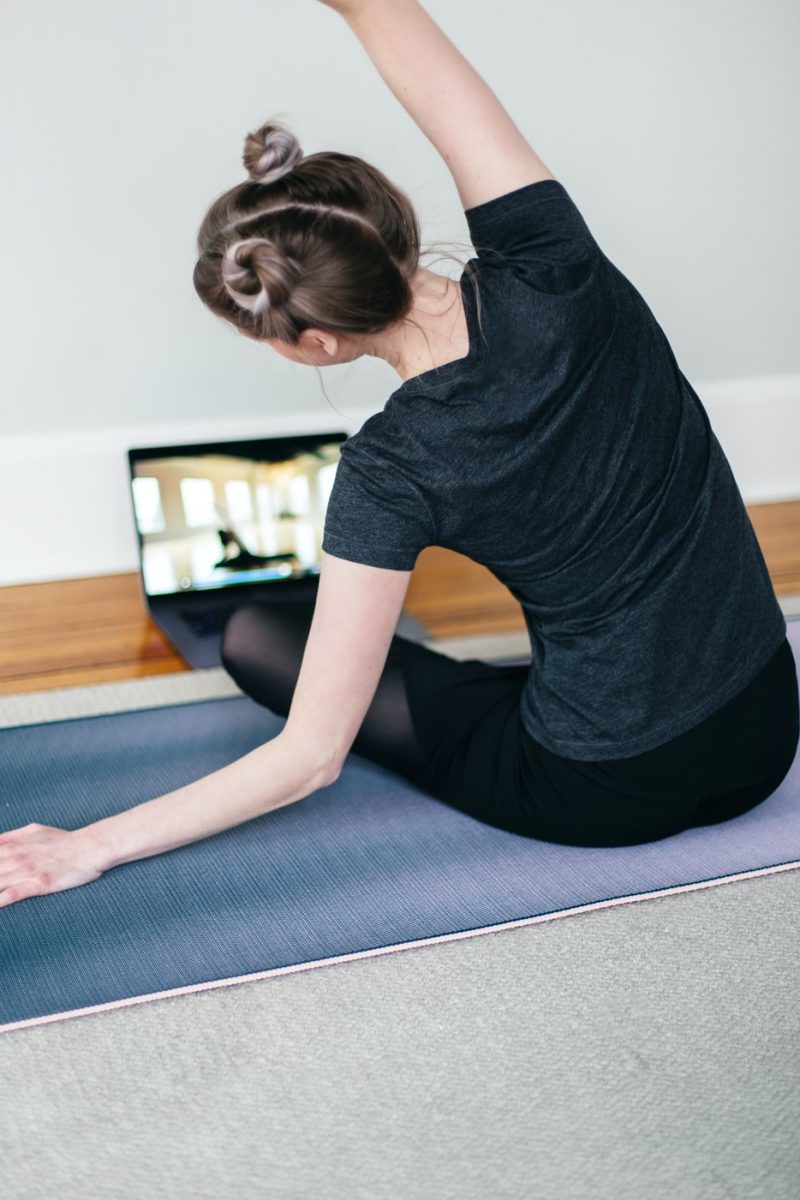Sally Thorpe explores the rise in demand for digital wellbeing during COVID-19 and how this might inspire a ‘new normal’ for innovative brands
–
While many industries have suffered significant and, in some cases, detrimental losses to COVID-19, the digital wellbeing-sphere has sparked a boom never seen before in the industry. Kettle bells and yoga mats have been selling like toilet paper, virtual trainers saw their subscriber numbers more than double, and downloads for mental wellbeing apps have grown by over 80% over the last three months, Socialnomics says.
Just when we thought the digital pace couldn’t pick up any faster, from the moment of lockdown, fitness and wellbeing brands shifted quickly to digital as a means of survival. Brands like Pilates Squared, Studio Lagree and PSYCLE turned to social platforms as a means to keep their community engaged by delivering on-demand home workouts, messages of inspiration, healthy recipes and best practices for wellbeing. As a result, the nation’s activity levels have remained fairly stable since lockdown was announced, according to Sport England who have been monitoring the behaviours of the nation ever since.
Proactive engagement in mental and emotional wellbeing has become more than an interest, but a means of coping for much for the nation and mind experts have, too, pivoted to the digital world to keep their presence strong and support the nation through this unimaginable time. Leading London Hypnotherapist, Malminder Gill released a free online coronavirus anxiety programme as soon as lockdown hit, which has since been downloaded by 1,092 individuals. Not just tailor-made programmes and on-demand therapy, Malminder has continued treating her regular clientele via zoom and found that “outside of minor technical difficulties, seeing clients online via Zoom has largely been a success. Clients have enjoyed having therapy in the comfort of their own homes. As a result of lockdown clients have also been able to fully commit themselves to the homework tasks I sometimes assign too. Overall it has been a surprisingly positive experience.”

With thousands of effective, free workouts available at the scroll and click of an IGTV and the rise of advanced and interactive at home devices like the Peloton, which has seen sales surge past 66% during lockdown, and the launch of lululemon’s at home fitness mirror set to ‘become the third screen in people’s lives’ according to the Founder, Brynn Putman who compares it to the iPhone, it brings about the question – what will be the future of bricks and mortar gyms and face-to-face classes?
According to Kantar World Panel, six in ten consumers have said they will continue buying as much online as they were during the wellbeing boom of the pandemic, but what about avid gym goers who have learned they can get a great workout from the comfort of their phone, without equipment sharing or slipping sweaty shoulders with the heavy breathing person next them. The feeling across the industry is that live streaming is here to stay and there could be a combination of virtual led and face-to-face workouts as we step into a new kind of normal. Through digital, UK fitness brands have reached an international audience, which could pave the way for global growth opportunity and beyond. A recent survey conducted by Sport England shared that around 87% of current gym members are expected to resume their memberships as soon as gyms are given the green light to open, and it is the most missed activity overall.
As the wellness industry navigates through this inflection point never seen before, it will be interesting to watch as brands not only compete for the physical space, but the digital space too.
For more information on our work in wellbeing, please visit our client page.

